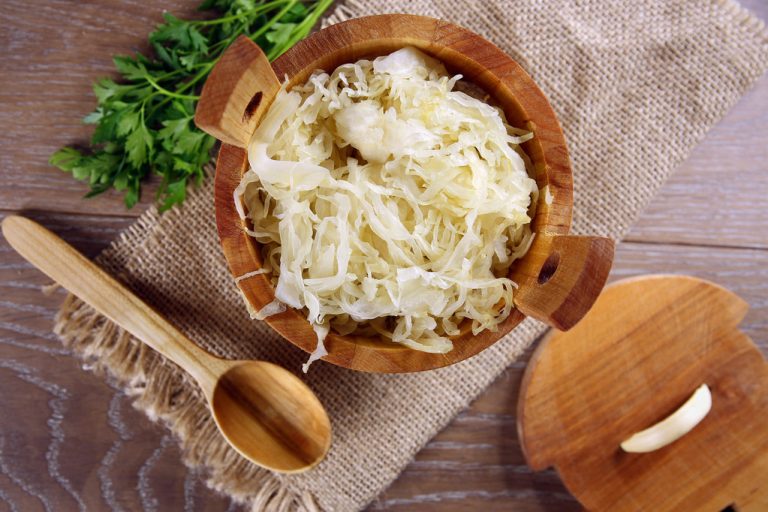Introduction: What is “mulgikapsad”?
“Mulgikapsad” is a traditional Estonian dish that consists of sauerkraut and pork. It is a hearty and flavorful meal that has been a staple in Estonian cuisine for centuries. The dish is typically served during the colder months, as it is warming and comforting.
The name “mulgikapsad” comes from the Mulgi region in southern Estonia, where the dish originated. Today, it is popular throughout the country and is often served at traditional Estonian restaurants and during cultural events. The dish is known for its simple yet delicious flavor profile, which is perfect for those who enjoy rustic and home-style cooking.
The history of “mulgikapsad”
“Mulgikapsad” has been a part of Estonian cuisine for centuries. It was originally a dish made by farmers during the colder months when fresh ingredients were scarce. The dish was made with sauerkraut, which was a staple in Estonian households, and pork, which was often raised on farms.
Over time, “mulgikapsad” became a popular dish throughout Estonia, and many variations of the recipe emerged. Some people added potatoes or carrots to the dish, while others used different cuts of pork. Despite these variations, the basic recipe remained the same, and “mulgikapsad” continued to be a beloved traditional dish in Estonian cuisine.
Ingredients required to make “mulgikapsad”
The ingredients required to make “mulgikapsad” are simple and easy to find. They include sauerkraut, pork, onions, and water. Some variations of the dish also include potatoes or carrots.
It is important to use high-quality ingredients when making “mulgikapsad” to ensure that the dish is flavorful and delicious. Fresh sauerkraut and pork are ideal, but if fresh sauerkraut is not available, canned or jarred sauerkraut can be used instead.
How to prepare “mulgikapsad”
To prepare “mulgikapsad”, first, the pork is cut into small pieces and browned in a pan. Next, onions are chopped and added to the pan, along with water. The sauerkraut is then added to the pan, and everything is simmered together until the pork is tender and the sauerkraut is cooked through.
Some variations of the dish also call for potatoes or carrots, which are added to the pan along with the sauerkraut. The dish is typically served hot, and leftovers can be stored in the refrigerator for several days.
Regional variations of “mulgikapsad”
While the basic recipe for “mulgikapsad” remains the same throughout Estonia, there are some regional variations of the dish. Some people in the Mulgi region add barley or beans to the dish, while others in northern Estonia add smoked meat or bacon.
These variations add extra flavor and texture to the dish, and each region has its own unique take on this traditional Estonian recipe.
Nutritional information about “mulgikapsad”
“Mulgikapsad” is a hearty and filling dish that is high in protein and fiber. However, it is also high in sodium and fat, due to the use of sauerkraut and pork.
To make the dish healthier, lean cuts of pork can be used, and the sodium content can be reduced by using low-sodium sauerkraut or by rinsing the sauerkraut before adding it to the pan.
Serving suggestions for “mulgikapsad”
“Mulgikapsad” is typically served hot, and it is often accompanied by boiled or mashed potatoes. It can also be served with bread or a side salad.
To add extra flavor to the dish, some people add a dollop of sour cream or butter to their serving of “mulgikapsad”. This adds a creamy and tangy element to the dish, which pairs well with the salty and savory flavors of the sauerkraut and pork.
Conclusion: Why you should try “mulgikapsad”
If you are looking for a hearty and flavorful traditional Estonian meal, “mulgikapsad” is the perfect choice. This simple yet delicious dish has been a part of Estonian cuisine for centuries and is loved by locals and visitors alike.
Whether you are in Estonia or cooking at home, “mulgikapsad” is a dish that is sure to warm you up and leave you feeling satisfied. With its savory flavors and rustic charm, it is a true taste of Estonian culture and cuisine.








